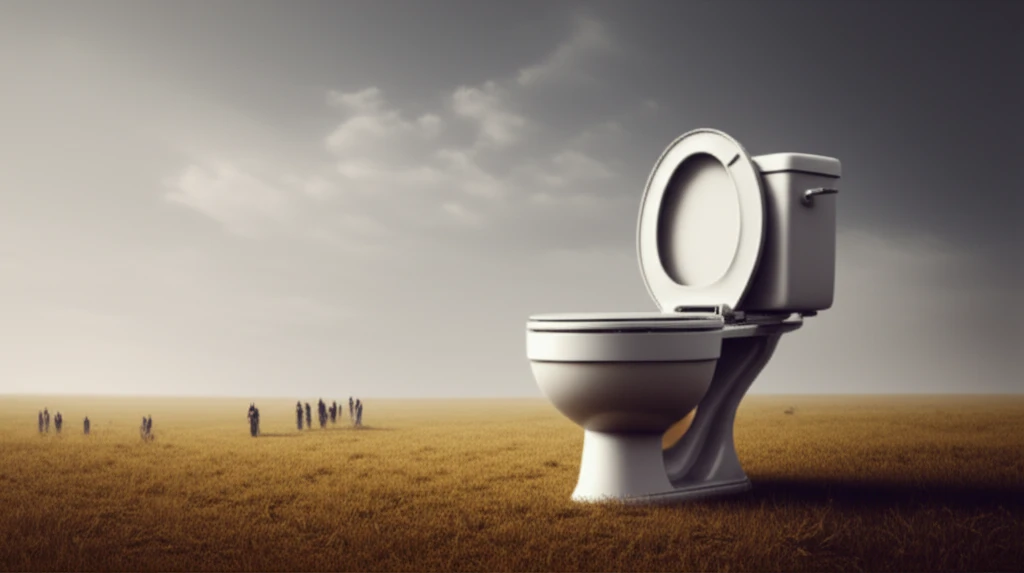
Unmasking Open Defecation: Why Toilets Aren't Always the Answer
"A deep dive into the surprising prevalence of open defecation despite toilet access in rural India, and what it reveals about deeply rooted social and structural challenges."
For years, global health initiatives have emphasized the importance of sanitation, particularly the construction of toilets, as a cornerstone of disease prevention and community well-being. India, with its ambitious National Sanitation Mission and Swachh Bharat Mission, has invested heavily in toilet construction to eradicate open defecation. The logic is straightforward: toilets provide a safe and hygienic way to manage human waste, reducing the spread of harmful bacteria and parasites.
However, a curious paradox remains. Despite the proliferation of toilets, open defecation persists, particularly in rural areas. This isn't simply a matter of access; it's a complex interplay of infrastructure, social norms, and individual beliefs. Understanding why people with toilets still choose to defecate in the open is crucial for designing more effective sanitation strategies.
A recent analytical cross-sectional study conducted in rural south India sheds light on this intricate issue. The researchers delved into the prevalence of open defecation among households with toilets and the associated factors that contribute to this practice. Their findings offer valuable insights into the challenges of changing deeply ingrained behaviors and the need for a more nuanced approach to sanitation.
The Surprising Statistics: Open Defecation Despite Toilet Ownership

The study, conducted in 251 villages of the Dharmapuri district in Tamil Nadu, India, revealed a startling statistic: 54.8% of respondents with a household toilet still practiced open defecation. This highlights a significant gap between toilet availability and actual usage, challenging the assumption that simply building toilets will automatically eliminate open defecation.
- Inadequate Toilet Design and Construction: Many toilets were poorly designed or incompletely constructed, making them difficult or unpleasant to use.
- Poor Accessibility and Water Availability: Lack of convenient access to water for flushing and cleaning made open defecation a more appealing option.
- Preference for Open Defecation: Deeply ingrained habits and a preference for the open air contributed to the continued practice of open defecation.
- Personal Beliefs and Sociocultural Behaviors: Traditional beliefs about purity, pollution, and social norms played a significant role in influencing defecation practices.
- Family Dynamics: Factors such as toilet sharing and beliefs about who should use the toilet influenced individual choices.
- Lack of Awareness of Health Benefits: Insufficient understanding of the health risks associated with open defecation reduced the incentive to use toilets.
A Call for Sustainable Solutions
The study's conclusions emphasize the need for a fundamental shift in sanitation strategies. Moving beyond a singular focus on toilet construction, the Swachh Bharat Mission and similar initiatives must prioritize sustainable toilet functioning and consistent usage. This requires addressing structural issues like water availability and toilet design, while also tackling the deeply rooted sociocultural beliefs that perpetuate open defecation. By adopting a more holistic and community-centered approach, we can pave the way for lasting sanitation improvements and a healthier future for all.
